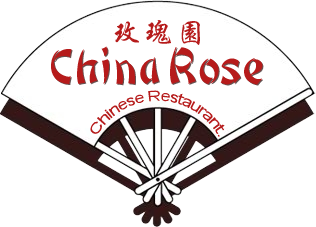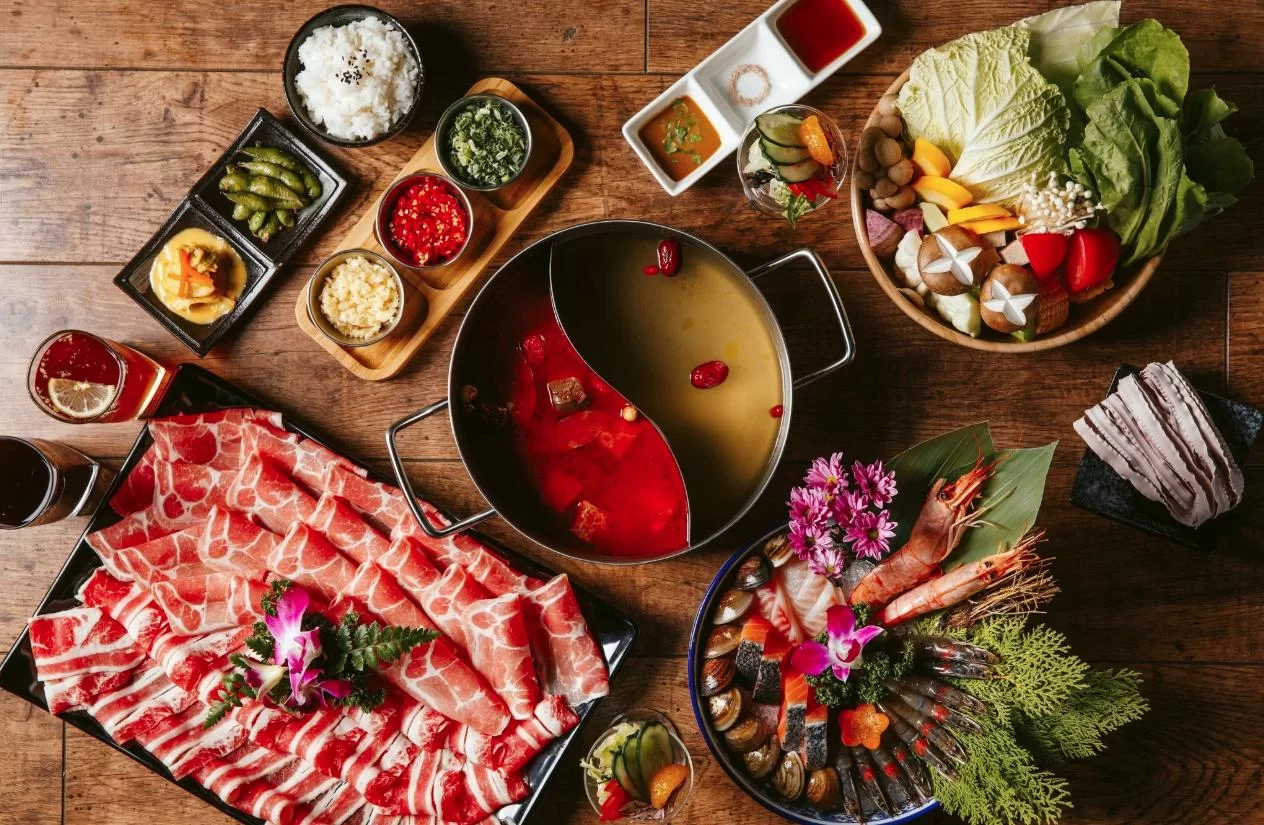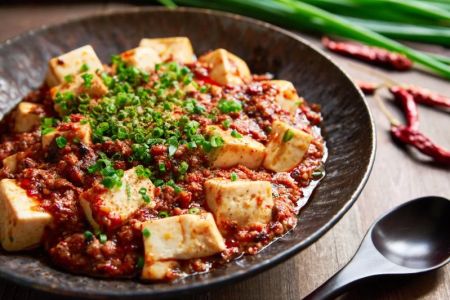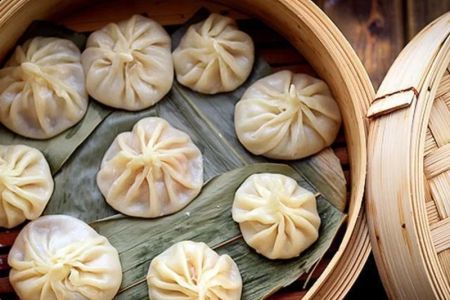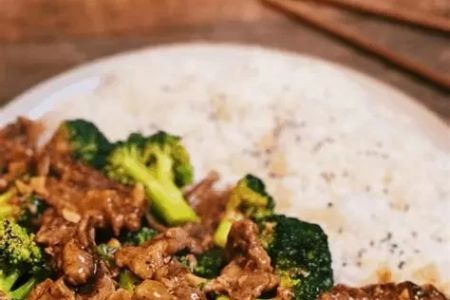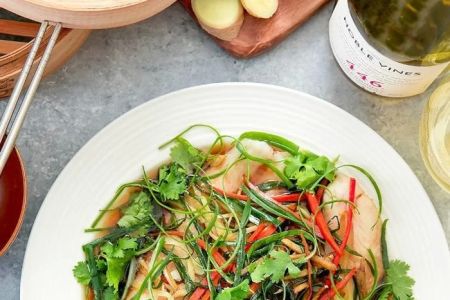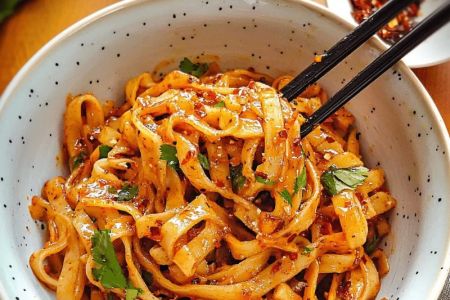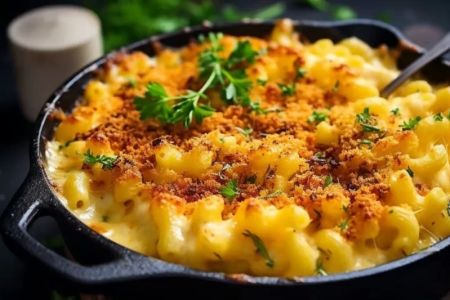When dining at a restaurant like P.F. Chang’s, many guests may have questions about the ingredients used in their meals, especially if they have food allergies or specific dietary preferences. One common question is, "Does P.F. Chang’s use peanut oil?" The answer may not be as straightforward as you'd expect, but in this article, we'll explore this topic in-depth and provide you with the information you need to make informed decisions when dining out at this popular Asian fusion chain.
- Understanding Peanut Oil in Cooking
- Does P.F. Chang's Use Peanut Oil?
- Why Peanut Oil Is Used in Cooking
- Alternative Oils Used by P.F. Chang’s
- Peanut Oil Allergy Considerations
- Conclusion and Tips for Dining at P.F. Chang’s
1. Understanding Peanut Oil in Cooking
Peanut oil is commonly used in cooking due to its high smoke point, mild flavor, and versatility. It’s especially popular in Asian cuisine, including Chinese and Thai cooking, for frying and stir-frying dishes. Peanut oil is also known for its ability to enhance flavors without overpowering the taste of the food. However, it can pose a risk for those with peanut allergies, as it contains proteins that can trigger allergic reactions.
Peanut oil comes in several forms, including refined, unrefined, and cold-pressed. Refined peanut oil is the most commonly used in commercial kitchens because it has a neutral flavor and a high smoke point, making it ideal for deep frying and high-temperature cooking.
2. Does P.F. Chang's Use Peanut Oil?
P.F. Chang’s, a popular chain known for its Asian-inspired dishes, does indeed use peanut oil in some of its menu items, particularly in the preparation of fried foods. The oil is used for its ability to withstand high temperatures, making it ideal for frying crispy appetizers like spring rolls and crispy shrimp. However, not all dishes at P.F. Chang’s contain peanut oil, and it is used selectively in certain recipes that require deep frying or stir-frying.
It’s important to note that the restaurant chain is generally transparent about its ingredients, and they provide information regarding allergens in their dishes. If you have concerns about peanut oil or other ingredients in your meal, you can always ask your server for specific details about how a dish is prepared.
3. Why Peanut Oil Is Used in Cooking
Peanut oil’s popularity in cooking, especially in Chinese and other Asian cuisines, stems from several key benefits:
- High Smoke Point: Peanut oil has a high smoke point (around 450°F or 232°C), making it ideal for high-heat cooking methods like deep-frying and stir-frying without breaking down and releasing harmful compounds.
- Neutral Flavor: The mild flavor of refined peanut oil doesn’t overpower the natural flavors of the food, allowing other ingredients to shine while still providing a crispy texture when used for frying.
- Versatility: Peanut oil is versatile enough to be used in a wide range of cooking techniques, including frying, sautéing, and grilling, which is why it’s favored by many chefs and restaurants, including P.F. Chang’s.
These properties make peanut oil an excellent choice for certain types of dishes, especially in a commercial kitchen where consistency and efficiency are key.
4. Alternative Oils Used by P.F. Chang’s
While P.F. Chang’s uses peanut oil in some dishes, they also use alternative oils for other cooking methods. Many of their dishes are prepared using canola oil or vegetable oil, which are also commonly used in commercial kitchens. These oils are often used for sautéing or stir-frying, providing a healthier alternative for cooking at lower temperatures.
Additionally, some of P.F. Chang’s dishes may include sesame oil, a staple in Asian cooking, known for its distinct flavor and aromatic qualities. It’s often used to season dishes or to finish a dish after it’s been cooked.
5. Peanut Oil Allergy Considerations
Peanut oil can be a concern for people with peanut allergies. While refined peanut oil undergoes processing that removes most of the proteins responsible for allergic reactions, some individuals may still experience sensitivity. It’s important to remember that even refined peanut oil can pose a risk for those with severe peanut allergies.
If you or someone you’re dining with has a peanut allergy, it’s crucial to notify the restaurant staff in advance. P.F. Chang’s is known to accommodate guests with allergies and can provide detailed information about the ingredients used in their dishes, including whether peanut oil is involved in the preparation. Many restaurants, including P.F. Chang’s, also provide allergen information on their menus or websites, making it easier for customers to make informed choices.
6. Conclusion and Tips for Dining at P.F. Chang’s
P.F. Chang’s uses peanut oil in select menu items, particularly in dishes that are deep-fried or stir-fried. If you’re concerned about peanut oil or other allergens, it’s always a good idea to check with your server or consult the restaurant’s allergen guide. For those with peanut allergies, P.F. Chang’s offers various alternatives, and the staff is typically happy to accommodate special dietary needs.
To make the most of your dining experience, consider exploring their diverse menu, which features a variety of dishes that use alternative oils like canola and vegetable oil. Whether you’re craving a delicious entrée or a tasty appetizer, P.F. Chang’s offers plenty of options for all types of diners.
If you're looking for a deeper dive into Chinese cuisine and recipes, visit Chinese Food for the best tips, recipes, and food recommendations. Enjoy your next dining experience with peace of mind, knowing you’re making an informed choice.
